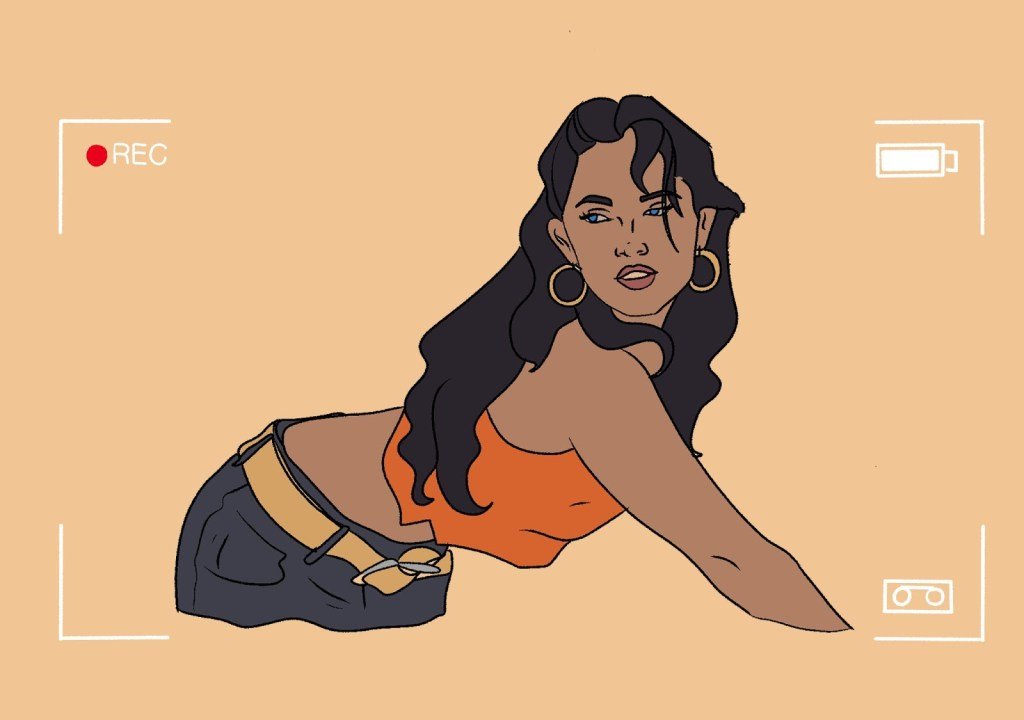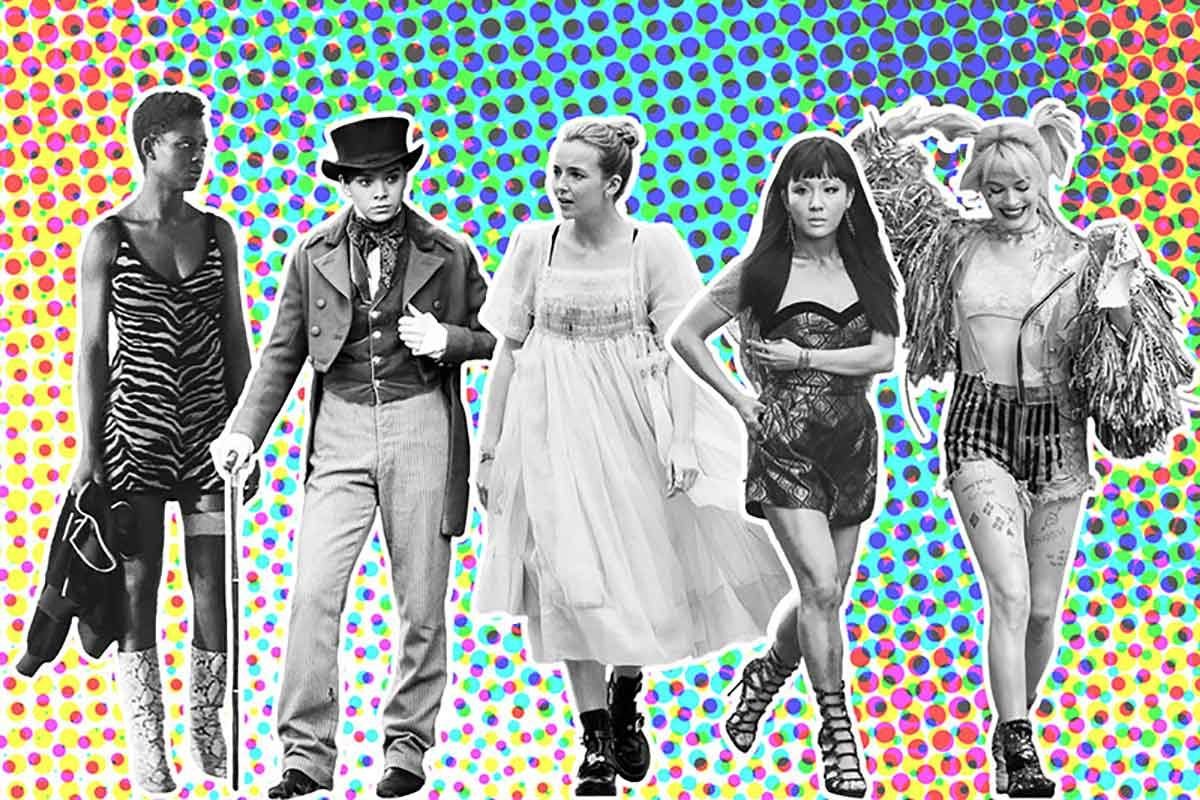Dressing for the Female Gaze Versus the Male Gaze
“Even pretending you aren't catering to male fantasies is a male fantasy: pretending you're unseen, pretending you have a life of your own, that you can wash your feet and comb your hair unconscious of the ever-present watcher peering through the keyhole, peering through the keyhole in your own head, if nowhere else. You are a woman with a man inside watching a woman. You are your own voyeur.”— Margaret Atwood
The male gaze is the ever-present subconscious self-objectification for women, even when there is no man present. Women become the subject to the heterosexual male in their own bodies. The male gaze is the devil on your shoulder; you can go twenty years without hearing, but you’ve been unknowingly acknowledging the whole time. This voice is extra demanding when trying to choose what to wear.
Dressing for the male gaze implies a subconsciously learned desire to be the subject of the male eye. Through media, women have been subliminally conditioned since childhood to dress for the potential case when there will be a man to please. For many women, their own style and personal taste are muted by instead wanting to dress more revealing or more feminine for the sake of men’s visual gratification and approval. In turn, this limits and mutes individuality and self-expression. Oftentimes, dressing for the male gaze includes formfitting clothing, neutral tones, short skirts or dresses, and minimal prints.
In contrast, women have come into the notion of dressing “for the female gaze”. The female gaze views women’s lives based on visual outward aesthetics unrelated to their bodies. The female gaze suggests that women desire to live a sensory rather than visually based life.
This realization of dressing for the female gaze allows women to step out of the narrow confines of fashion and exercise the idea of dressing intuitively to their own desires. Dressing for the female gaze does not imply that you should ditch all your skirts and dresses for baggy pants, rather, it suggests you not limit or discomfort yourself if that is not your true desire.
This movement toward patterned and often baggier clothing suggests that short-term visual gratification is a lot less meaningful than expressing your own passions. Dressing for the female gaze implies dressing for self-desire. What a woman imagines will be aesthetically pleasing in her own eyes rather than the eyes of the heterosexual man.
As this movement has seen an influx of patterns, we also see patterned pants as a common trend. The collective move away from skinny jeans to loose-fitting or flare pants also suggests a shift in prioritizing personal taste rather than what is “in” or most “flattering” to the body.
The shift to dressing for the female gaze is also a movement that encompasses body inclusivity. A woman does not have to make herself smaller to wear what she wants. Additionally, we are collectively appreciating the aesthetics of our natural bodies as we move away from shaming cellulite and stretch marks.
Image Courtesy: Strike FSU
Dressing for the female gaze is a realization that allows women to live happier and more authentically. Breaking away from the margins of clothes that do not express your individuality or exhibit personal taste is the key for women to begin shifting out from underneath the microscope of the male gaze.
Strike Out,
Writer: Alyson Brinkle
Editors: Noelle Knowlton & Lexi Fernandez
Graphics: Allexandria Clemons
Tallahassee




